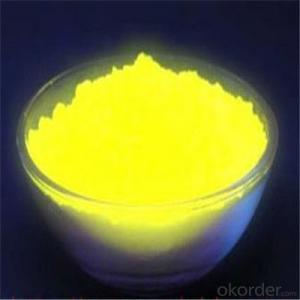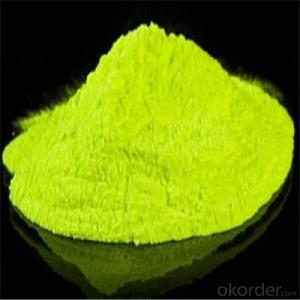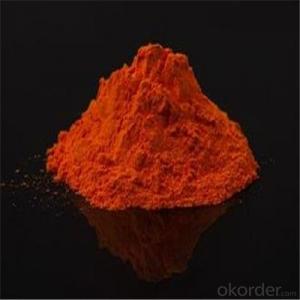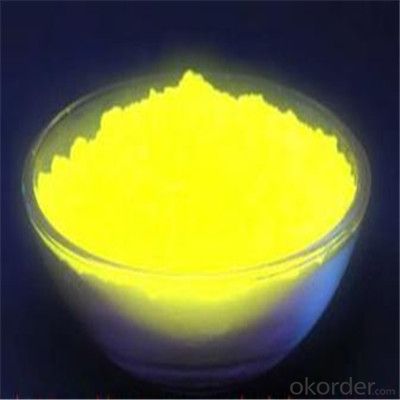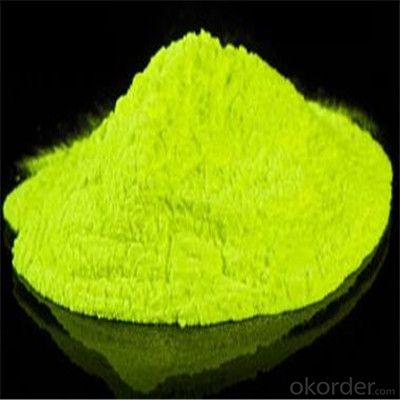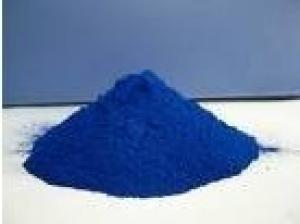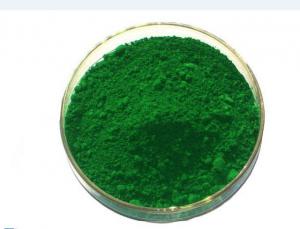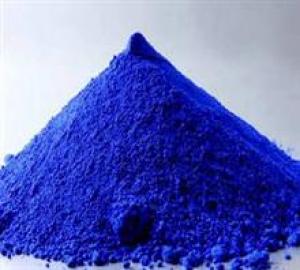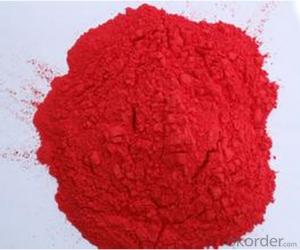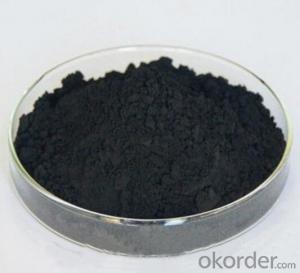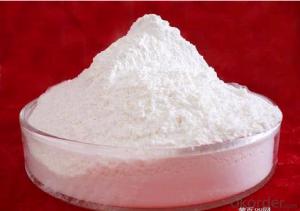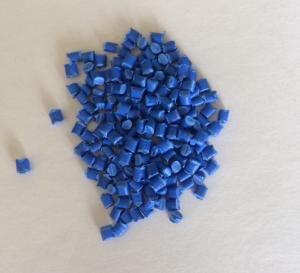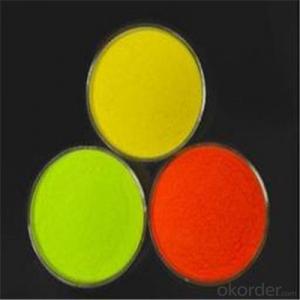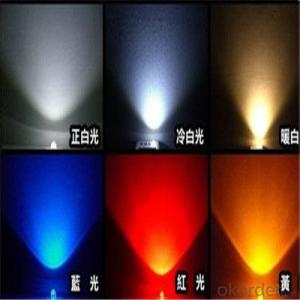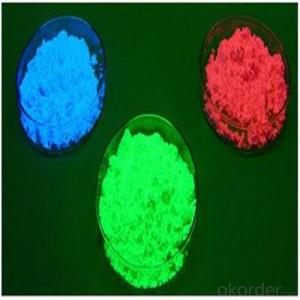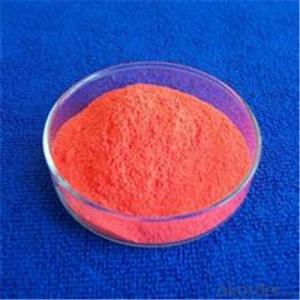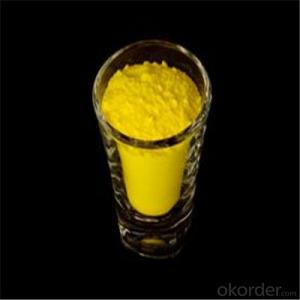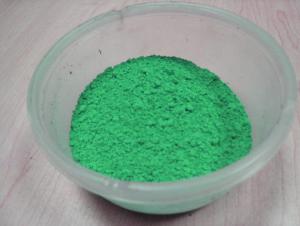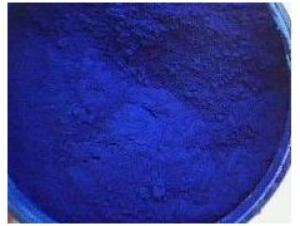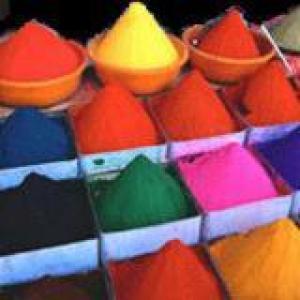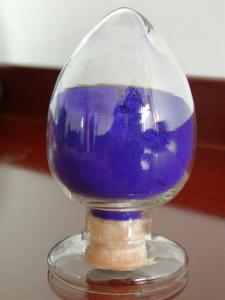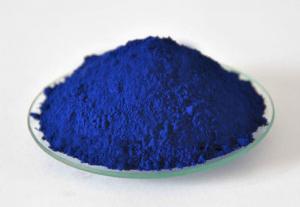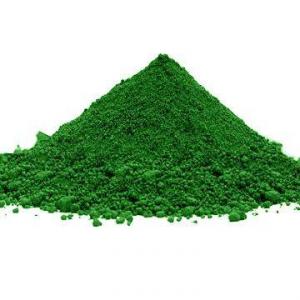LED Fluorescent Powder with Various Color
- Loading Port:
- Ningbo
- Payment Terms:
- TT OR LC
- Min Order Qty:
- 34 kg
- Supply Capability:
- 100000 kg/month
OKorder Service Pledge
OKorder Financial Service
You Might Also Like
Description of LED Fluorescent:
Separate the powder in the epoxy glue or silica gel uniformly, after deaeration, dot the powder on the CMOS chip, the LED encapsulation will be finished after solidification, etc. It also can be used after mixing with other phosphor (such as red and green powder) in certain proportion to get your required color temperature or rendering index.
Festures of LED Fluorescent:
The powder is a kind of yellow phosphor for LED encapsulation use with the characteristics of high brightness,good stability and no harm to human and environment, which is fired through special manufacturing techniques. This kind of powder is quite applicable to the encapsulation of high color rendering white LED or other lighting appliances.
Specifications of LED Fluorescent:
The decay time is the emission parameter that indicates temperature. Because the illumination and detection optics can be situated remotely, the method may be used for moving surfaces such as high speed motor surfaces. Also, phosphor may be applied to the end of an optical fiber as an optical analog of a thermocouple.
Images of LED Fluorescent:
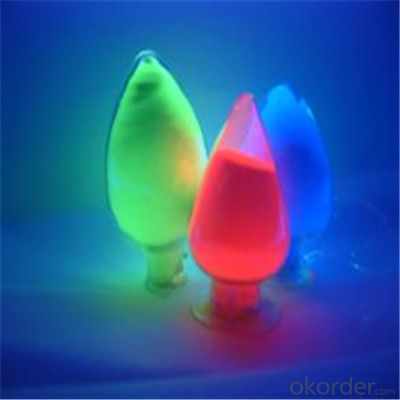
FAQ:
1.When can i get the price quotation?
We can send you the quotation within 24hours after your inquiry, including the shipping cost if you need.
2.What about payment term?
30% T/T deposit, balance against B/L copy.
Full T/T payment if quantity less than MOQ.
3. What’s your after-sales service?
One-year warranty, and 1% common accessories.
- Q: What is the role of pigment in photosynthesis photosynthesis ?
- Photosynthesis can't happen without the pigment chlorophyll (which is green and is why leaves and stuff are green). Chlorophyll is found in chloroplasts, an organelle in plant cells. Chlorophyll harnesses the sunlight's energy in order to split water (into hydrogen pairs and oxygen) so it can be used in the photosynthesis process (ie. in order to make glucose, the food source for plants). Hope this helps! :D
- Q: What does the word pigment mean?
- ? PIGMENT (noun) The noun PIGMENT has 1 sense: 1. dry coloring matter (especially a powder to be mixed with a liquid to produce paint etc) Familiarity information: PIGMENT used as a noun is very rare. ? PIGMENT (verb) The verb PIGMENT has 2 senses: 1. acquire pigment; become colored or imbued 2. color or dye with a pigment Familiarity information: PIGMENT used as a verb is rare.
- Q: Does albinism cause lack of ALL pigment, or just black pigment? Does this very on the species?
- Mammals and birds only have melanocytes (these produce varying amounts of brown or black pigment), so that's the only pigment that needs to be affected for them to display albinism. But other types of animals have multiple types of chromatophores. An albino snake, for example, would also need to have the cells that produce reds, yellows, and blues deactivated to appear white/colorless. For these animals to appear as albinos, all pigments would have to be affected.
- Q: How do you use pigments?
- The question is Why do you use pigments? I promise you they will not bring any amount of joy or happiness to your life, and they are probably a waste of money.
- Q: As in like makeup pigments??????
- technically, pigment is a colored mineral of some kind that is ground as fine as possible. (i.e., cobalt is blue, iron produces reds, etc.) Pigment is the same whether it's in cosmetics, ceramics, or in paint. However, modern chemicals may also have the effect of coloring the ingredients of cosmetics, but that would make them a colorant, not a pigment.
- Q: Can somebody answer this in AP BIO language please
- A pigment molecule absorbs at specific wavelength(s), meaning that when light of a specific wavelength is incident to the molecule only certain wavelengths are absorbed while others are transmitted. The spectrophotometer emits monochromatic light (light of only one wavelength) which passes through the pigment molecule and a detector determines the amount of light that is either absorbed or transmitted by the sample. This is done at wavelengths from the UV (180-330 nm) to the visible (330-700 nm) and the light that is either transmitted or absorbed is detected by the spectrophotometer and is able to be graphed with absorbance representing the y-axis and wavelength representing the x-axis. The resultant graph will depict the absorption spectrum of that particular pigment molecule. Hope that helps.
- Q: how exactly do pigments work? i know that they absorb every color except the one that we see, but what are the exact physics or whatever behind the selective absorption of the light?
- Different pigments mostly absorb different range at different wavelength of light, but plant -as I know- mostly containing chlorophyll does not absorb green light so we see plants as green.
- Q: I am planning on purchasing MAC, but what r the differences... thanks to all...I want to have an idea before I head to the mall.
- Pigments are really loose eye powders. For MAC, it's kind of like 'balls of sparkles' If you want really sparkly eyes, you'd probably want this. Dip your eye makeup brush in water, then in the pigment. I find this to work well, and it really compliments the product. It's best applied over a dark eyeshadow or primer. An eyeshadow is a packed together powder. (As you probably know) MAC eyeshadow comes on bright and radiant. So if you just want a simple look, this product works well. I suggest MAC - PaintPot. It's a creamy eyeshadow that is easy to blend. It's not waterproof, but it's difficult to rub off. It can act as a primer too.
- Q: Why is it important for a plant to have more pigments than just chlorophyll?
- If the plant only has chlorophyll, it is only able to absorb and use the wavelengths of light that correspond to chlorophyll, which is really limiting. Having other pigments allows it to use more wavelengths of light, which is more efficient.
Send your message to us
LED Fluorescent Powder with Various Color
- Loading Port:
- Ningbo
- Payment Terms:
- TT OR LC
- Min Order Qty:
- 34 kg
- Supply Capability:
- 100000 kg/month
OKorder Service Pledge
OKorder Financial Service
Similar products
Hot products
Hot Searches
Related keywords
